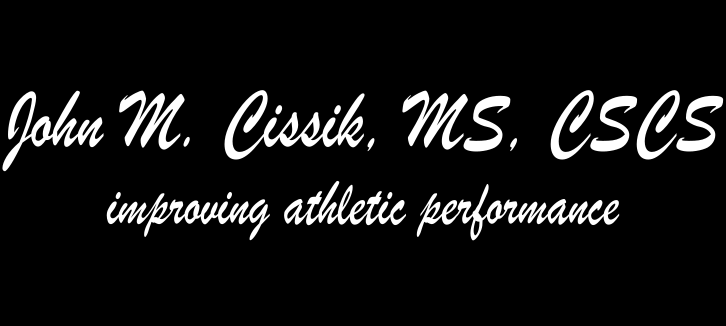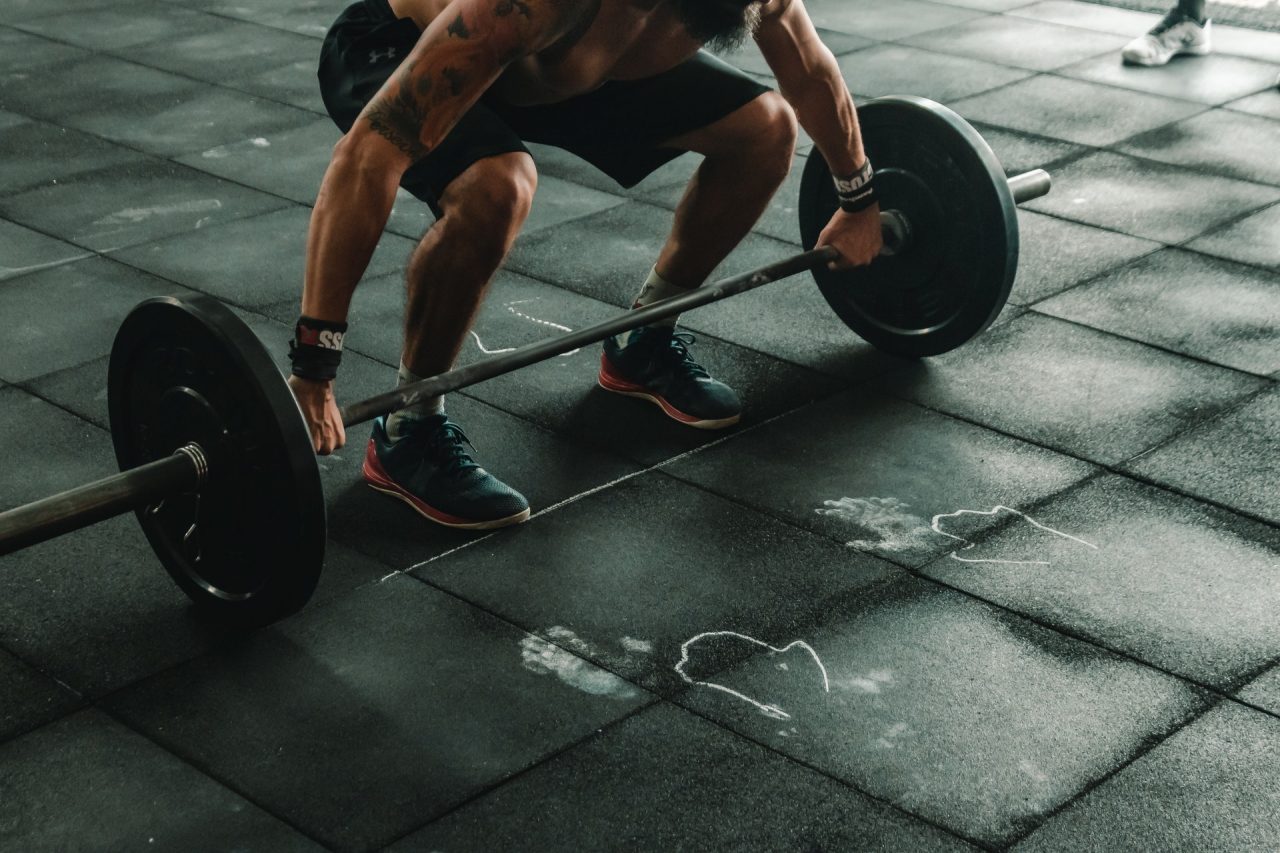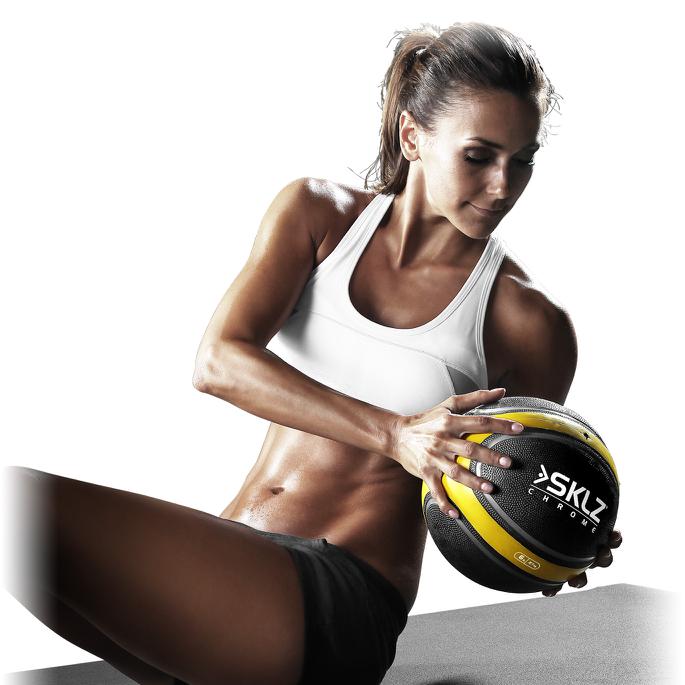This is a post covering part of the third chapter of Laputin and Oleshko’s “Managing the Training of Weightlifters.” The part of this chapter covered deals with the competition period for high class weightlifters. This will be a relatively short post, the next one dealing with training loads will be pretty dense.
This information is really interesting because if you were a strength and conditioning coach in the early 1990’s you read it and probably implemented some of it with your athletes, even if they were not weightlifters. As we’ll talk about in a minute, more than a few coaches implemented the information incorrectly because they didn’t read thoroughly enough.
For high class weightlifters, the authors recommend that the competition period last from 2-3 to 6-7 weeks. This is an important distinction between weightlifting and the team sports that most strength and conditioning coaches work with. In weightlifting there are going to be many competitions each year of varying seriousness, especially for higher level athletes. This will mean multiple competition periods, instead of just the fall for high school football (for example).
In the competition period, the authors recommend five to six training sessions per week. When the athlete gets 15-20 days out, they should drop down to three to four training sessions per week. The authors call for 13-18 training sessions in the competition period. They note that in the competition period, training should only be twice a day if the “necessary complex of restoration means is available.” Here they specifically talk about diet, massage, ice, etc.
Assistance work is eliminated two weeks out of competition. What assistance work? The authors specify that presses, good mornings, heavy squats, etc. should be eliminated two weeks out. At the point the focus is on the competitive lifts only.
The last maximal clean and jerk should be done 10-12 days out. The last maximal snatch should be done 7-9 days out. The last two weeks is about restoration and maintenance.
Let’s talk about the training volume during the competition period. The recommendation was that as the athlete gets closer to competition, the volume of training is reduced. There are specific recommendations for this and the authors note that these are averages and can be varied by 1.5% in either direction. In other words, this is a pretty precise “rule.” The chart and graph below show how this works.
Where this got interesting as a strength and conditioning coaches is that many who read this book didn’t understand that it was talking about weeks out from competition, so they flipped the loading in a four week mesocycle. They read it as week one should be 15%, week 2 22%, etc. When I went to these presentations and read their articles, it always told me who actually read the source material and who just mined it for numbers.
Laputin, N.P. and V.G. Oleshko. (1982). Managing the Training of Weightlifters. Zdorov’ya Publishers, Kiev. Translated by Charniga, Jr, A. Published by Sportivny Press, Livonia Michigan.


